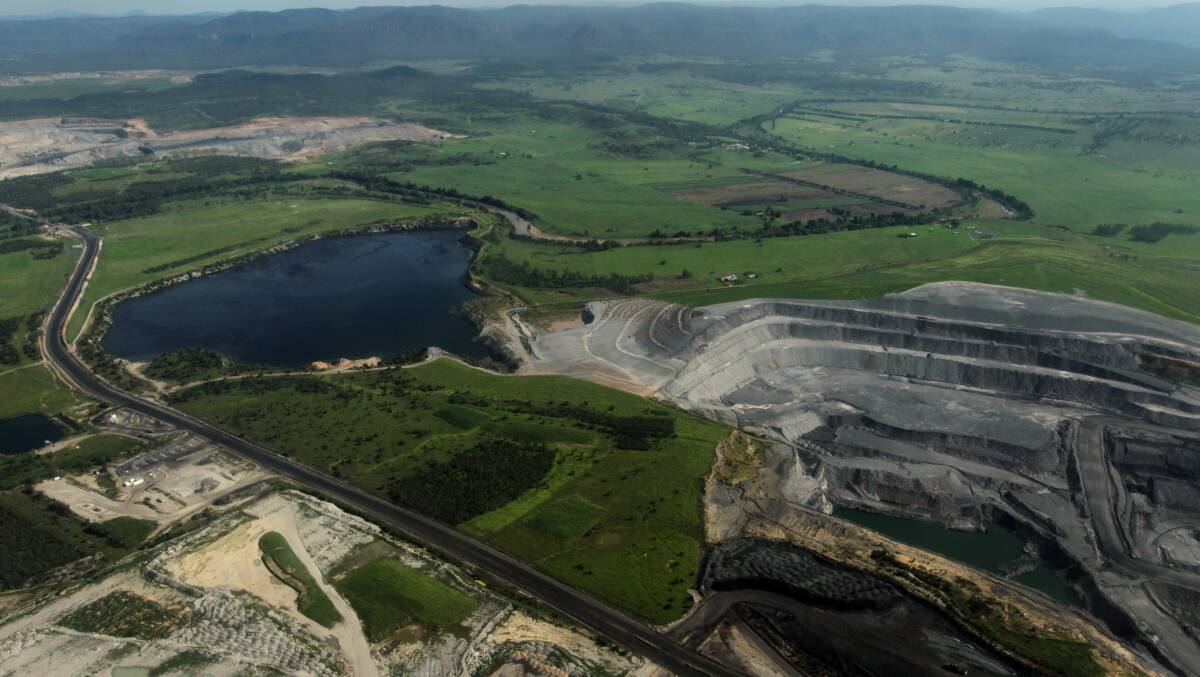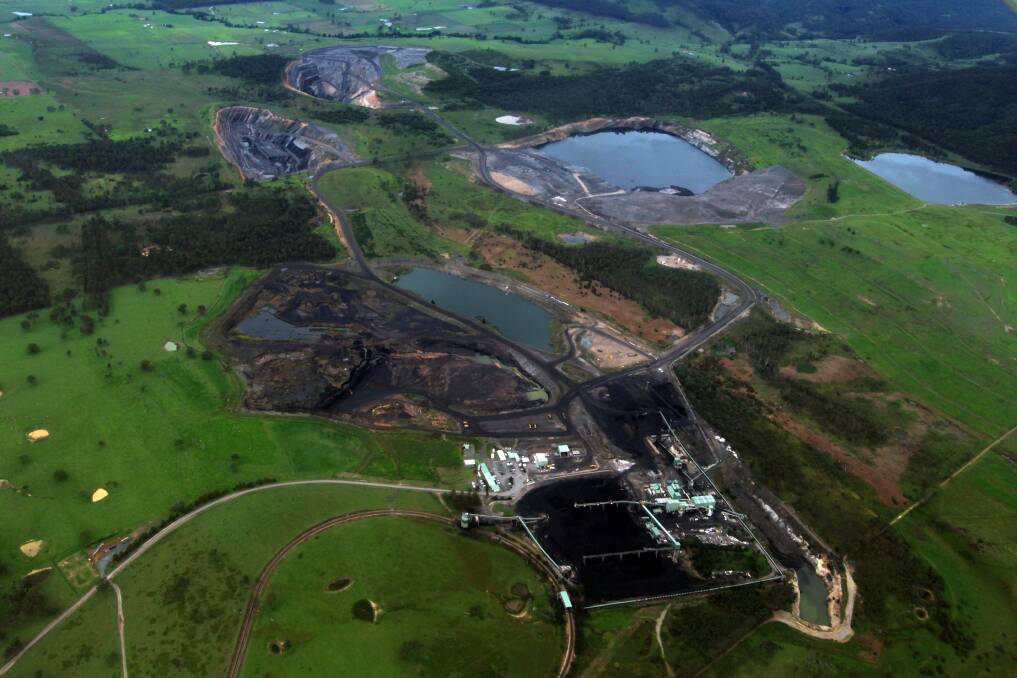
THE coal industry’s peak body has defended the continued use of final voids in NSW coal mining, playing down a push to have US-type rehabilitation laws replicated here.
Subscribe now for unlimited access.
$0/
(min cost $0)
or signup to continue reading
The likely approval of an expansion of the Hunter Valley Operations South mine near Singleton has reopened the debate on final voids, with Lock The Gate and other environmental groups calling for US-style laws to be introduced in Australia.
In the US, the Surface Mining Control and Reclamation Act of 1977 means that mining companies are obliged to return the land as closely as possible to its original form, with final voids the exception rather than the rule.
NSW Minerals Council chief executive Stephen Galilee said the US requirement cited by Lock The Gate related to different mining conditions, including shallower reserves, and the comparison was not valid.
Mr Galilee said modern mine planning in NSW involved “active and progressive rehabilitation and the minimising of the impact of any final voids”. He said a need to lodge money with the government in the form of “rehabilitation bonds” meant there was an incentive in the regulatory system for coal companies to rehabilitate their sites.
Lock The Gate’s rehabilitation specialist, former Rio Tinto global adviser Rick Humphries, said that allowing mining companies to leave saline or hypersaline final voids meant the legacy impacts were borne by the public, rather than the mining companies and their shareholders.
He said the Planning Assessment Commission should order Hunter Valley’s owner, Yancoal, to redesign its mining and rehabilitation plans to backfill the void, but the company would resist.

Mr Galilee said Lock The Gate was “opposed to every mining project and proposal in the Hunter, and every coal mining job”, but Mr Humphries disputed this, and said Lock The Gate was “working closely” with the Queensland government on its reforms to mine rehabilitation, in a process that was being driven by the Queensland treasury.
In a discussion paper on the Queensland reforms, the government is proposing that final voids would still be allowed, but their need would have to be established on a “case by case basis”.
Mr Humphries said the Queensland reforms were in line with the US laws, and were well ahead of the policies enacted in NSW.
“The push to end final voids comes as no surprise to the coal companies,” Mr Humphries said.
“They know they have been getting away with it for years, so they knew the regulatory backlash was coming.”
In its submission to the Queensland reforms, Lock The Gate says: “While we accept that not all post-mining land can be returned to its former condition, this should not be an excuse to allow companies to leave behind degraded landscapes that include pit voids, waste dumps and above ground tailings dams.”

